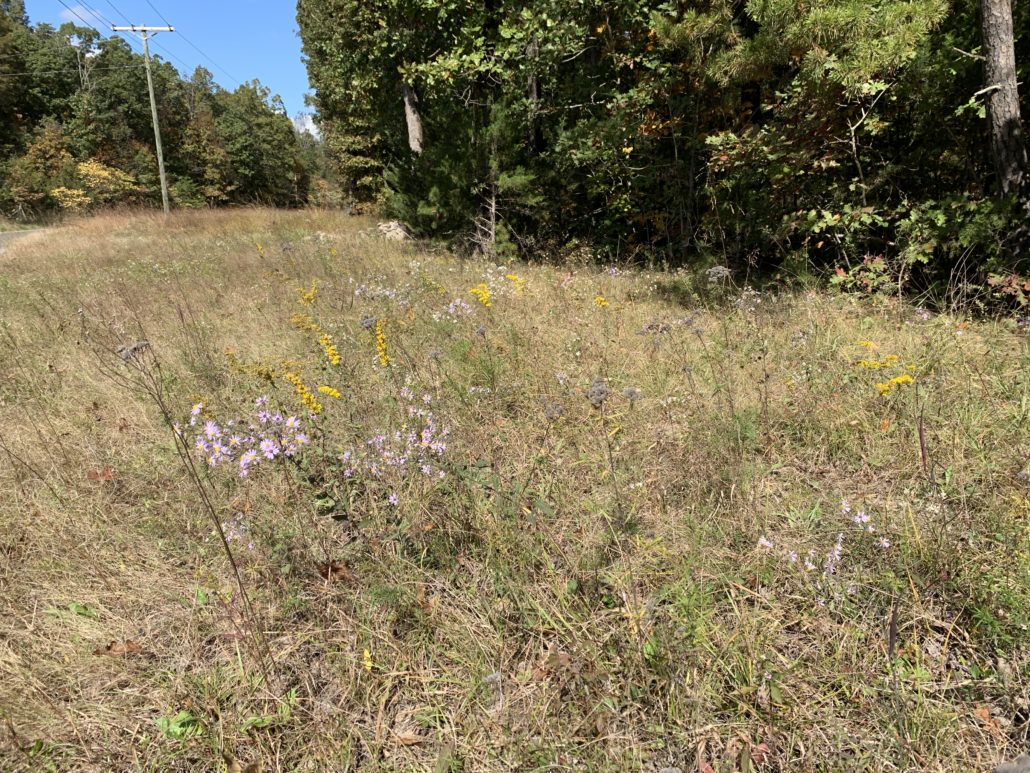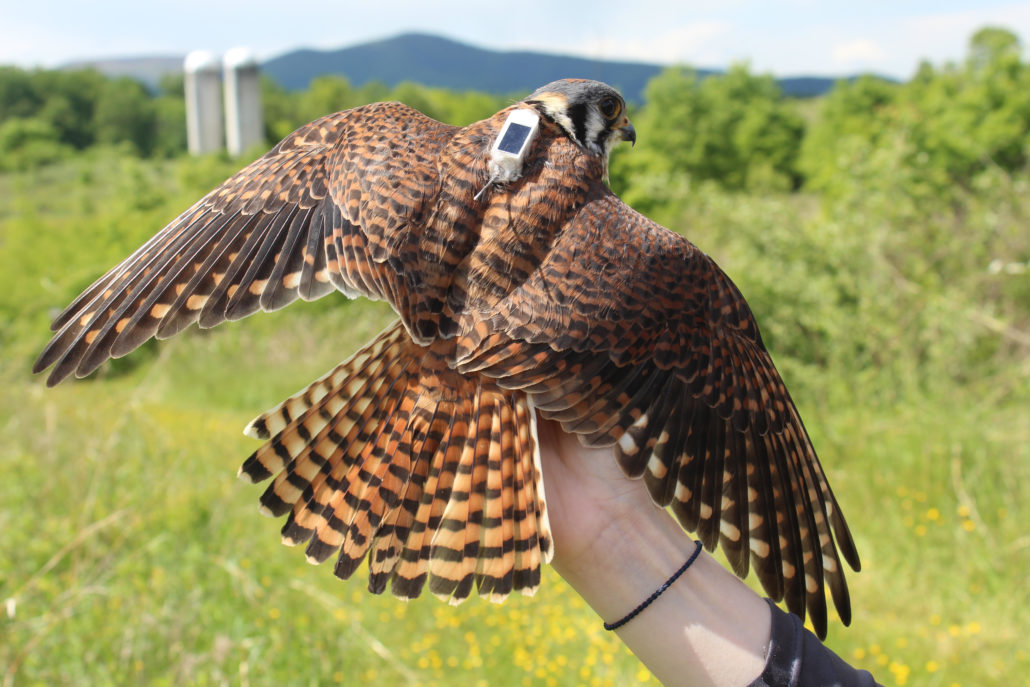Research
Clifton Institute staff, interns, and collaborators do ecological research to better understand the causes of decline in native plants and animals and to identify land management practices to support declining species. All of our research projects produce actionable recommendations that inform land managers and conservation practitioners. We have four focal research areas:
You can find more information about our research projects below. Our work is made possible by the support of the Raines Family Fund, the BAND Foundation, and other foundations and individual donors.
Want to get involved? Please visit cliftoninstitute.org/employment for a listing of open positions and check this page for more information on internships. Middle and high school students wanting to conduct their own research can participate in our Young Scientists Research Experience, which we offer every June. You can learn more here about how to get involved in our community science projects. We also welcome scientists from other institutions to do research at the field station. We have a wide range of habitats, economical housing is available, and there is very little red tape. Contact us at info@cliftoninstitute.org if you are interested.
Native savannas and grasslands were once widespread in the Piedmont of the eastern Unites States. Most of these habitats have vanished as a result of fire suppression, extirpation of bison, invasion by non-native pasture grasses, and urban development. At the Clifton Institute we are studying remnant grasslands in the Piedmont of northern Virginia to (1) better understand what plants and animals are found in these habitats, (2) learn about the conservation status of these species and sites, and (3) come up with strategies to restore Piedmont prairies.
The Composition and Conservation Status of Piedmont Prairies in Northern Virginia
In the summer of 2020, we teamed up with researchers from the Restoration Ecology Lab at Virginia Tech to study remnant grasslands at 38 sites in five counties. We found nearly 500 species of plants, including several rare or threatened species such as Torrey’s Mountain-mint (Pycnanthemum torreyi), Stiff Goldenrod (Solidago rigida), and Yellow Nodding Ladies’ Tresses Orchid (Spiranthes ochroleuca). Amazingly, one of our 50-by-2-meter plots had 93 species of plants, which made it the third most diverse vegetation plot that has been sampled in the state (out of 4,500 surveys). We also found that most of the high quality grasslands we encountered were in power line clearings (as opposed to pastures, hay fields, or fallow fields) and that diverse prairies were found on a wide range of soil types. Finally several of the diverse prairies we studied are threatened by invasive plants or urban development, and we are working with landowners and power companies to conserve these sites. We aim to publish these results in 2022. This research was funded by the Virginia Native Plant Society.

We discovered this diverse, high quality, Piedmont prairie remnant in a Prince William County power line clearing during our research in 2020. We found 93 species of plants in a 50×2-meter plot here, which makes this one of the most diverse vegetation communities in the state of Virginia.
Experimental Restoration of Native Grasslands for the Benefit of Plants, Insects, and Birds
In 2019 we started a major project to restore 110 acres of overgrazed cattle pasture to a native grassland. The first step in establishing a native grassland is getting rid of the nonnative plant species; we did this by using herbicides and repeated discing (an organic alternative similar to plowing). Once native plants are established, we will maintain the grassland by mowing or prescribed burning. We are testing eight combinations of establishment and management methods in order to figure out how best to help declining native species. The map below shows the layout of our experiment. Virginia Working Landscapes and the Oak Spring Garden Foundation are replicating this experiment on their respective properties. The restoration work is being funded by the Natural Resources Conservation Service, the Oak Spring Garden Foundation, and the Raines Family Fund.
We are measuring the effectiveness of each treatment with biodiversity and soil surveys. To get a baseline understanding of the state of the pasture, volunteers from the Piedmont Chapter of the Virginia Native Plant Society estimated the relative abundance of all plant species in the pasture over the course of the summer of 2018 (you can find the full list here). Starting in the summer of 2018, Clifton Institute staff, collaborators, and volunteers have conducted regular bird, butterfly, and plant surveys, all of which will continue in the years to come. Jordan Coscia, a Ph.D. student in the Restoration Ecology Lab at Virginia Tech, is measuring the effectiveness of each experimental treatment in terms of restoring native plants as part of her dissertation. Our findings will be used to guide our future restoration projects and to educate local landowners.
More than 90% of the land in Virginia is privately owned and very little early successional habitat is found on public lands. The conservation of most declining species in the state is therefore in the hands of farmers and other private landowners. We study how declining species, such as American Kestrels and Box Turtles, use agricultural and other open habitats. We then use our results to design strategies to mitigate the negative effects of land management practices, such as hay cutting, grazing, mowing, and prescribed burning on biodiversity.
American Kestrel Habitat Use
A recent study estimated that we have lost 3 billion birds in North America since 1970. Many birds that were once common in eastern grasslands and forests are in steep decline, and the reasons for these declines are poorly understood. We prioritize our avian research by focusing on species that are declining across their range, and we select projects that produce results which landowners and managers can use to support declining species. Our priority species for research in the coming years are American Kestrel, Grasshopper Sparrow, Field Sparrow, Prairie Warbler, Yellow-breasted Chat, and Whippoorwill. In the past few years we have focused our efforts on kestrels.
American Kestrels are declining across northeastern North America. The declines are poorly understood, but habitat alteration, pesticides, and predation by Cooper’s Hawks are possible causes. One key aspect that has not been investigated in detail is the types of fields that kestrels use for hunting. We wanted to know more about which kinds of agricultural habitats and natural grasslands are most productive as hunting grounds, so that we can provide land owners and farmers advice about how to use their land if they wish to help kestrels. In the spring of 2021 we collaborated with Dr. Joe Kolowski from the Smithsonian Conservation Biology Institute, and Alan Williams to tag 19 kestrels with GPS transmitters. We are using the GPS locations to compare kestrels’ use of different kinds of fields (natural grassland, pasture, row crops) and finding out how their use of these fields changes as the nesting season progresses and the vegetation gets taller and denser. Preliminary results indicate that kestrels prefer cattle pastures over other field types for hunting. You can see the locations of tracked birds here! Our results will be applicable across the eastern United States, where the same major field types predominate.
This research is supported by the Raines Family Fund, the BAND Foundation, Nick Lapham, the Peregrine Fund, the Washington Biologists’ Field Club, the Virginia Society of Ornithology, and Janine Moseley.

In 2021 we tagged 19 American Kestrels with GPS transmitters to learn which kinds of habitats were the most productive hunting grounds. Preliminary results suggest that cattle pastures were more productive than natural grasslands or corn fields.
The Effects of Mowing on Box Turtles
Box Turtle populations in the Mid Atlantic appear to be in steep decline, and it’s likely that mortality from mowing is a serious threat in rural areas like northern Virginia. Box Turtles live up to 70 years in the wild, they take eight years to reach reproductive age, and their clutches average three eggs, only half of which are usually viable. Due to their slow life history, Box Turtle populations are unusually sensitive to adult mortality, such as that caused by mowing.
There are clear recommendations on how to time mowing in order to minimize grassland bird mortality in the Mid Atlantic, but due to a lack of research, there are no such recommendations for Box Turtles.
In 2022 we teamed up with the Turtle Conservation Ecology lab at SCBI and Travis Gallo at the University of Maryland to study how Box Turtles are doing in our area and to develop mowing guidelines for landowners. In 2023 we tagged 40 Box Turtles with radio transmitters in Fauquier and Rappahannock counties and recorded 1,600 turtle locations.
The results presented here are preliminary and based on a single year’s data collection. We don’t yet have enough information to give specific recommendations on when and where to mow in order to minimize turtle mortality. The historic drought in the summer of 2023 suppressed Box Turtle movements. It will be really interesting to see how our results change in the coming years.
This research is supported by the Raines Family Fund, the BAND Foundation, and donors who have adopted a turtle.
We are engaged in multiple projects that use repeated observations to measure the effects of climate change on native species. One way that animals may respond to climate change is by moving to higher elevations, where the climate is cooler. Our co-directors, Bert and Eleanor Harris, together with Dr. Brett Scheffers from the University of Florida, are conducting bird surveys along altitudinal gradients, in North Carolina, in order to track changes in distribution and abundance as a function of climate change. We complement these bird surveys with plant studies, in order to have a more complete understanding of how the ecosystem is responding to climate change.

Since 2016 we have surveyed birds along a 4,900-foot elevation gradient each year on Mt. Mitchell, North Carolina. We are relating bird abundance to climate and habitat variables, and tracking how bird distributions change as the climate changes.
For years, the Clifton Institute has been participating in the Monitoring Avian Productivity and Survivorship (MAPS) program, a nationwide program coordinated by the Institute for Bird Populations. This project is run by Tom Wood of George Mason University. As part of MAPS, Dr. Wood and volunteers band birds on the field station every ten days from late spring through summer in different habitats on the field station. Of particular interest are the Neotropical migrants who use the property as breeding habitat. The data that have been collected over the last several years are being used to study the habitats that different species use, the resources that they need and how their abundance is changing over time. Correlations between climate change and population trends will be analyzed.